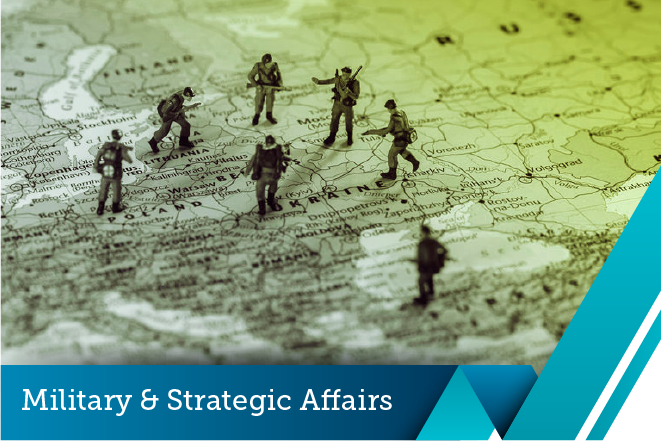Publications
Military and Strategic Affairs, Volume 1, No. 3, December 2009

On August 12, 2006, the UN Security Council adopted Resolution 1701, paving the way for the end of 34 days of warfare between Israel and Hizbollah, a campaign later named the Second Lebanon War. Apart from the immediate need to establish a ceasefire, the Security Council hoped to change the security reality in southern Lebanon while neutralizing the elements that were responsible for the escalation, and prevent the repetition of another round of fighting between the sides. Accordingly, certain security arrangements were put in place, among them the deployment of the Lebanese army in southern Lebanon as well as an increase in the UNIFIL force from about 2,500 soldiers to a maximum of 15,000 to serve as a buffer between Israel and Hizbollah in the space between the international border and the Litani River. Likewise, the resolution forbade anyone other than the Lebanese army or UNIFIL forces to carry weapons or lay the foundations for a military infrastructure in the region, and the government in Beirut was called on to secure the borders and act effectively in order to foil arms smuggling in the area.


